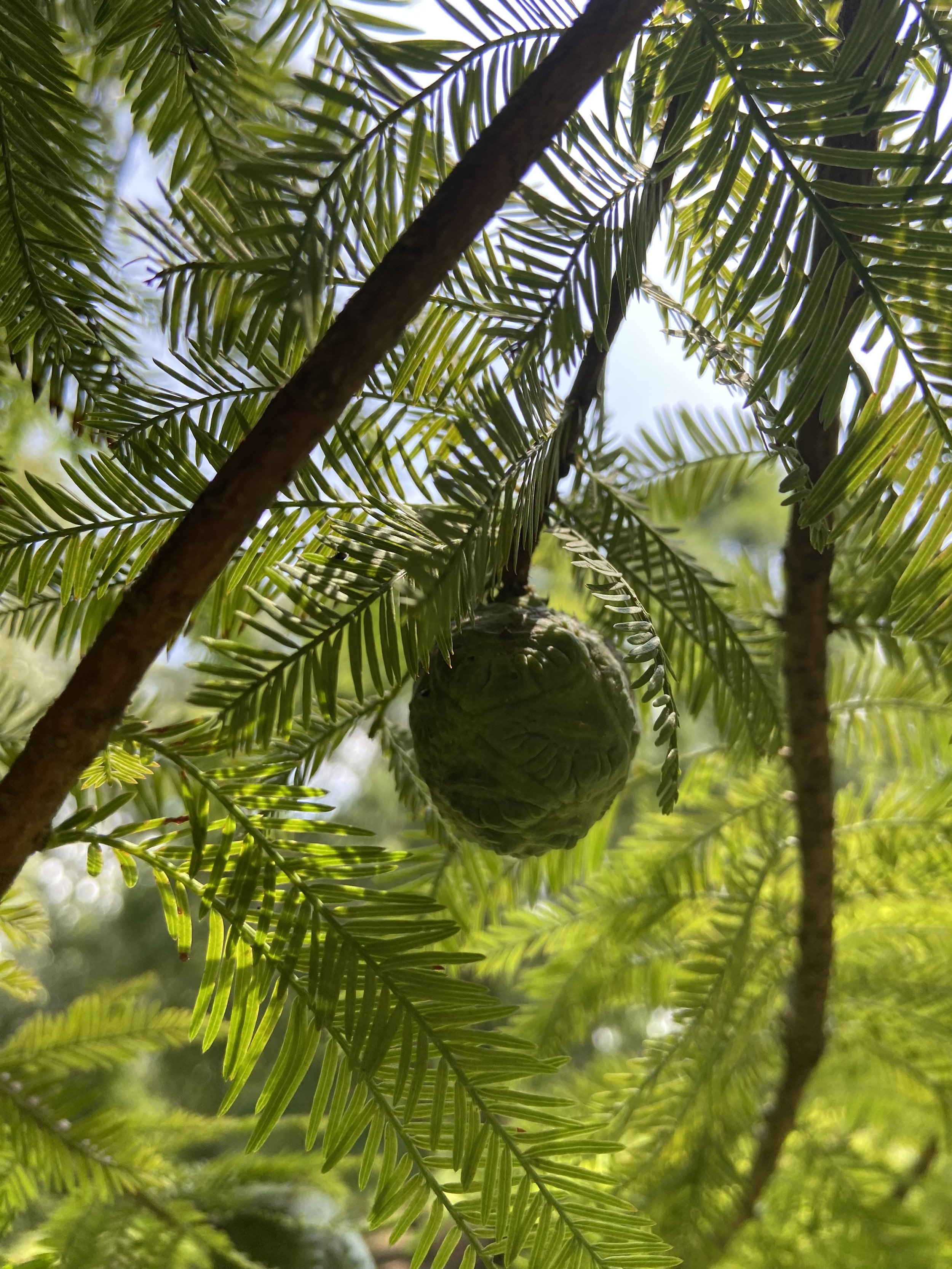
Woods Keeper at
Grant Park

Grant Park Spring Update 04.28.25
Spring is in full swing and so are we around Atlanta including monthly visits to beautiful Grant Park! We’re looking back at the progress made in the Constitution Springs area as we complete the initial sweep targeting invasive shrubs, trees, and climbing vines. It’s looking like a different park over there! The elephant in the room is the invasive ground cover that still remains in the form of common ivy, wintercreeper, and liriope. But stay tuned as we have plans for removal AND potentially a significant native plant installation!
We’ve been keeping a close eye on our other work areas and have begun spring maintenance around the pool. We recently tackled a large swath of invasive honeysuckle vine and installed some inconspicuous berms to help mitigate erosion on the steep slope. Plans are underway for possible native plantings in this section, too.
Now that the bulk of invasive material has been removed from our assigned work areas we are focused on holding on to that progress while seeking to minimize the time needed for maintenance. And as previously mentioned, we will continue to phase out the invasive groundcover and replace with native alternatives.
We’ve recently been assigned to a new area as GPC looks to create more engagement and accessibility around the pond. However, we have a few more loose ends to tie up before we dive in. We’re very grateful to the Grant Park Conservancy for making this work possible and collaborating with us to help achieve their goals!
As always please don’t hesitate to say hi if you see us working in the park. We’d be happy to answer questions and tell you all about the work.
In November of 2022 Woods Keeper began work at Grant Park, beginning in the “wetlands” area near Cherokee Avenue. Majestic bald cypress and river birch trees stand tall while native asters and other wetland plants provide for local wildlife. Several planted native button bushes (Cephalanthus occidentalis) dot the area and it’s impossible to miss the stand of gigantic irises. Invasive plants such as honeysuckle, chaff flower, privet, English ivy, and stiltgrass threaten this space and others around the park as they spread rapidly and crowd out native species.
Woods Keeper’s focus is to remove and suppress these harmful non-native invasive plants so that native plants — plants that provide for the local ecosystem — can continue to exist and better yet, thrive. Biodiversity is the goal while beautification and improved visibility are the perks of the process. Check back here for updates or come enjoy another walk in this beautiful, historic park and see for yourself!
**Does native habitat restoration mean every plant that’s non-native will be removed? No. We believe non-native plants can have a place in landscapes as long as they are not invasive. This issue is not black and white and often requires a nuanced discussion involving the specifics of the site.
Winter is a great time for removal as most natives are dormant, making some invasive plants easy to spot as they are often evergreen.
Cypress knees have long stumped scientists about their purpose but they are unique and wonderful, that’s for sure!




















